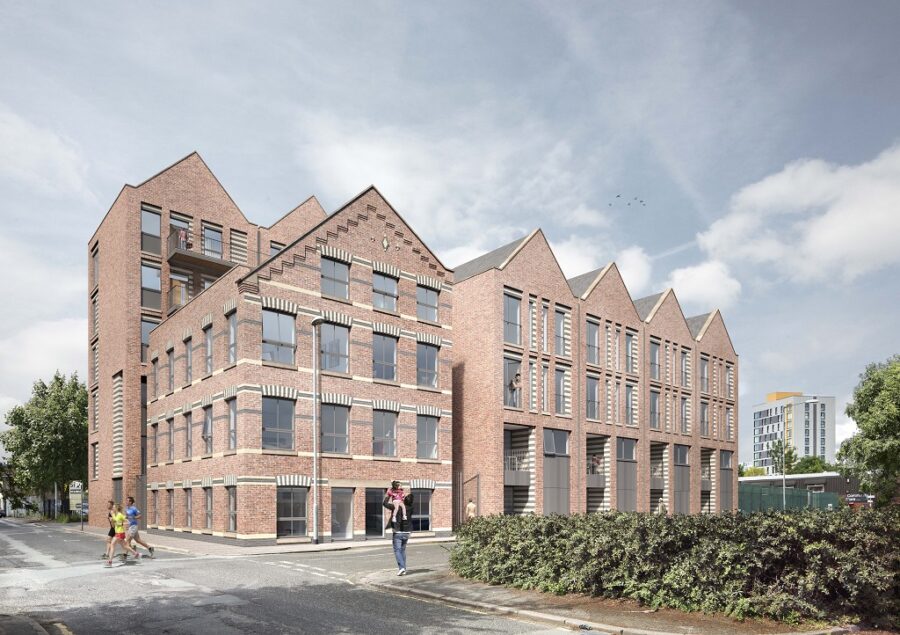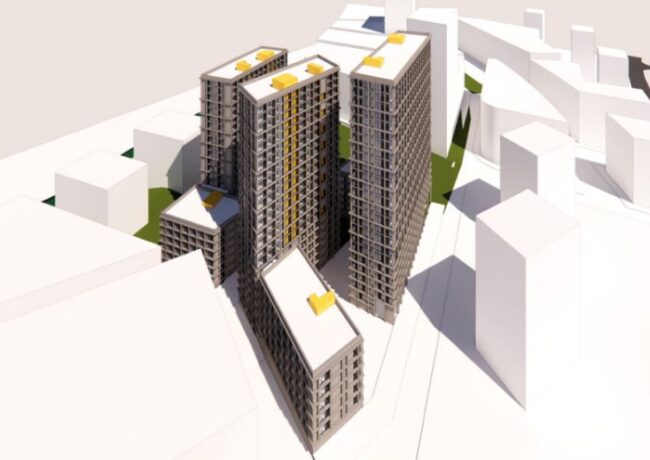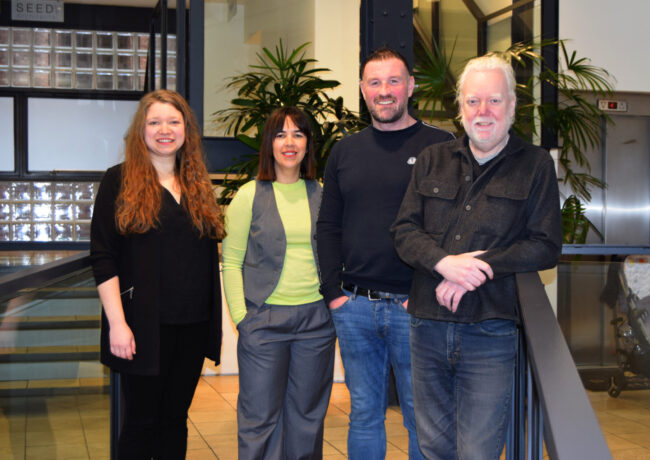NW in 2019 | Raising standards
Is changing legislation the key to delivering both sustainable buildings and sustainable inner-city communities, or could rewarding tenants for good habits create a bottom-up approach, asks Kathryn Valentine of OMI Architects.
More often than not the umbrella term ‘sustainability’ is interpreted from only a environmental perspective. This is certainly true of the architectural profession; the ARB code states the architect’s duty of consciousness in delivering sustainable buildings, advising on best practice for the protection of the environment and natural resources. This interpretation is important, however other meanings could be better embraced to assist in the success of Manchester’s city centre, particularly at a time where more people choose to live and work centrally.
Although it should not be the case, the designer’s influence on sustainability is limited within the built environment; to advise is one thing but to deliver and to sustain over a building’s lifetime is another. We are led by legislation on sustainability standards such as BREEAM, yet are restricted by the client, and undermined frequently by the value engineering process.
Building owners lack incentive to follow through on sustainability promises, doing the minimum to get a tick in another box. Likewise, building occupants such as those living in the multitude of residential buildings in the city centre, feel little obligation to abide by sustainability goals. The city is slowly giving back through public realm, green space and improved streets however the cohesion between the new communities and this provision is yet to happen.
Is there a lack of authoritative enforcement of sustainability standards within our inner-city built environment? I would suggest so, and predict that in 2019 the opportunity for legislative acts and planning policies to be reviewed, refocused and reinforced by Government and local councils will lead the way for such change. In order to do so, the perception of ‘sustainability’ in our city centre must be criticised and other interpretations brought more centrally into the discussion.
Perhaps one angle to alter perception of ‘sustainability’ is to encourage initiatives that alter the human habit. An industry workshop during Green GB Week, held in partnership with the Manchester City of Trees initiative, focussed a discussion on how we could improve the “greening” of Manchester’s city centre. It also provoked ideas on how sustainable buildings could be developed and maintained by those who own and occupy them. One suggested outcome: a phone app that provides a competitive platform between occupants, between buildings, and between neighbourhoods focused on earning points and prizes rewarding good sustainability habits.
This bottom-up attitude sparks an interesting conversation, but could only succeed with a simultaneous top-down approach through a re-focus in legislation. This could not just be from the more prominent environmental perspective but, perhaps more poignantly, a social perspective. As designers, in creating spaces for people, representative of the city, the human-scale could become the primary focus. Developers and building owners could be lawfully obliged to adhere to sustainability promises. In turn, building users will not only oblige but, hopefully, be willing.
If we take the ideology that a sustained society is built on the happiness of its inhabitants, then it only seems sensible to create environments that make them happy. One way to do this is through the sense of identity in a place. Manchester’s rich heritage provides such as platform and at OMI we often take a sustainable approach towards the reuse of existing building stock. If adopted, this approach satisfies a cradle-to-cradle approach in recycling unused, unloved and derelict buildings. It also brings about the chance to impact on society; the chance to enhance human happiness within our inner-Manchester community through the celebration of the city’s heritage.
Three of our recent projects fulfil this ideal, situated between the Northern Quarter and Ancoats, an area of substantial recent development: Mustard Tree – the refurbishment of the 1950s warehouse HQ of a homelessness charity; Warehaus – a residential development, including the refurbishment of the old German warehouse on George Leigh Street; and Band on the Wall – the expansion of the venue and delivery of an events and archive space in the derelict Cocozza Wood building on Foundry Lane.
The future of 2019 holds some uncertainty but the push for Manchester to deliver on better quality public realms, greener streets and truly sustainable buildings cannot be one. The marriage of individual action and community engagement with a top-down legislative review, may provide the chance to do just that.






Thought proking article to re-align sustainability issues with a progressive technological foundation.
By Clue